COVID Isn’t the Only Reason Travel Will Never Be the Same
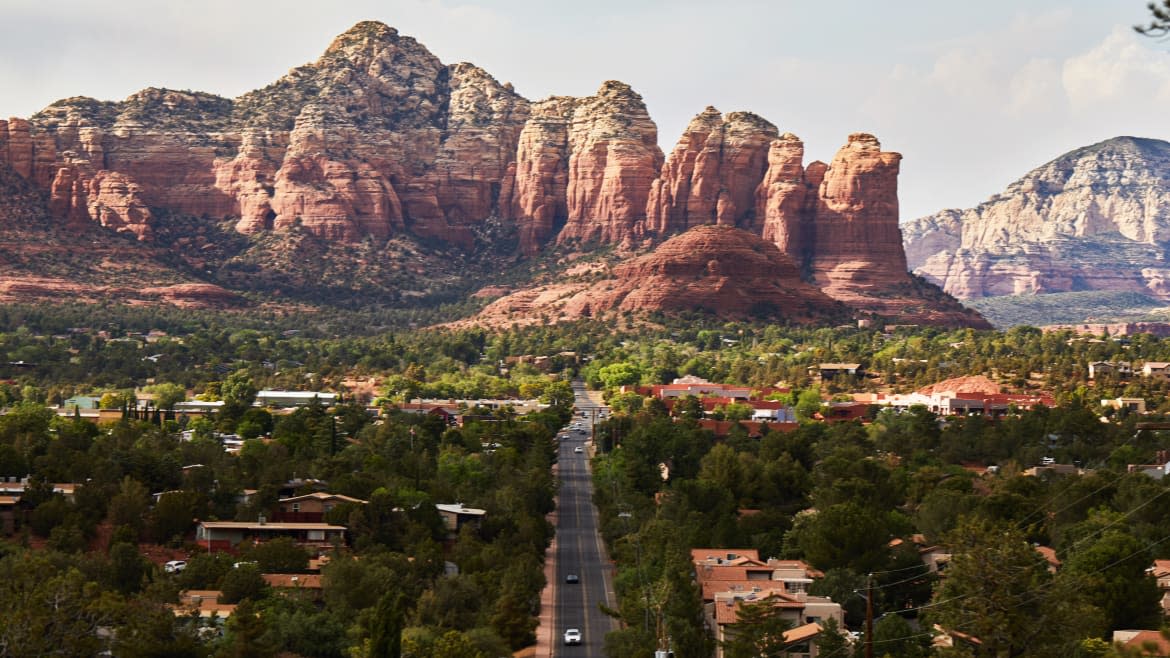
Tucked into a dramatic cape on the central Oregon coast, the Heceta Head Lighthouse Bed & Breakfast has for a quarter-century lured travelers to a setting rich with history and a nourishing eight-course meal each morning. Of late, the lighthouse has become a beacon away from a burning West.
At a mid-July gathering at the breakfast table, strangers from New Jersey, Philadelphia, Texas, Missouri and Seattle dined on fresh-baked bagels and salmon lox, masticating on a smoky new world. The Texans said climate change had shrunk their travel planning from months to weeks or days. The Missourians, after booking an Airbnb in Maine that didn’t feature air conditioning, swore they’d never again get caught so flat-footed. The couple from Jersey was so taken with the coast’s bug-free skies they’re on the brink of moving here. “The air,” marveled Jim Ruffi of Lebanon, New Jersey. “It’s just so clean.”
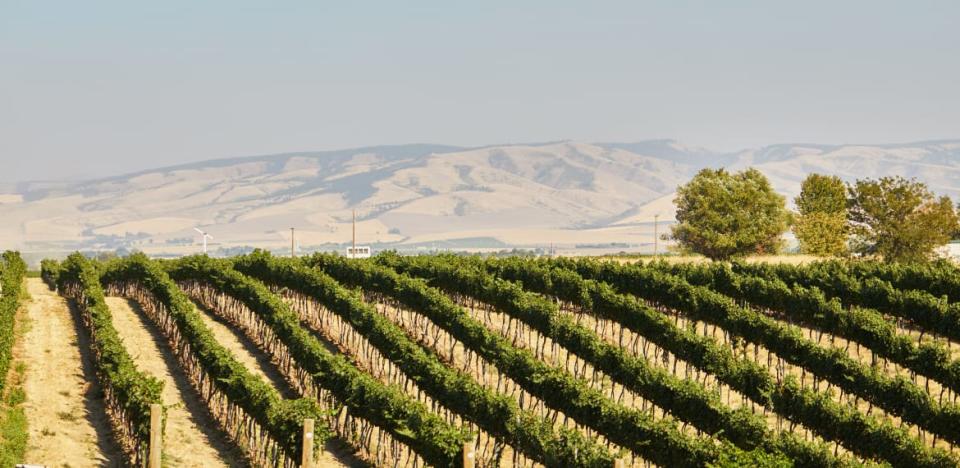
In the long run, climate change and its heat waves and raging infernos will force millions to migrate, away from the scorched Southwest, away from rising tides along coastlines, away from unhinged hurricanes and the raging floods across the deep south. In the meantime, this unpredictable weather is crowding cooler climes and making the planning of COVID-postponed getaways a crapshoot.
Las Vegas’ Val Rezanov originally planned a June vacation to Northern California’s Mt. Shasta. But the southern Oregon’s Bootleg Fire and others raged out of control, he escaped to the Oregon coast. In years past, Rezanov sought out Europe as refuge from triple-digit temperatures in Nevada. But high temperatures have found that continent, too. “You book a ticket six months in advance and find yourself in a heatwave in Scandinavia, where most of the houses don’t have air conditioning,” he said. “It’s unbearable.”
Oregon’s coast has always been a haven for heat-fleers, says Arica Sears, deputy director of the Oregon Coast Visitors Association. The worse the heat gets elsewhere, the more packed every campground, hotel and vacation rental in the region becomes. Add bona fide wildfire evacuees from southern Oregon and pandemic-weary vacationers from everywhere, and it’s only getting harder to find lodging of any kind.
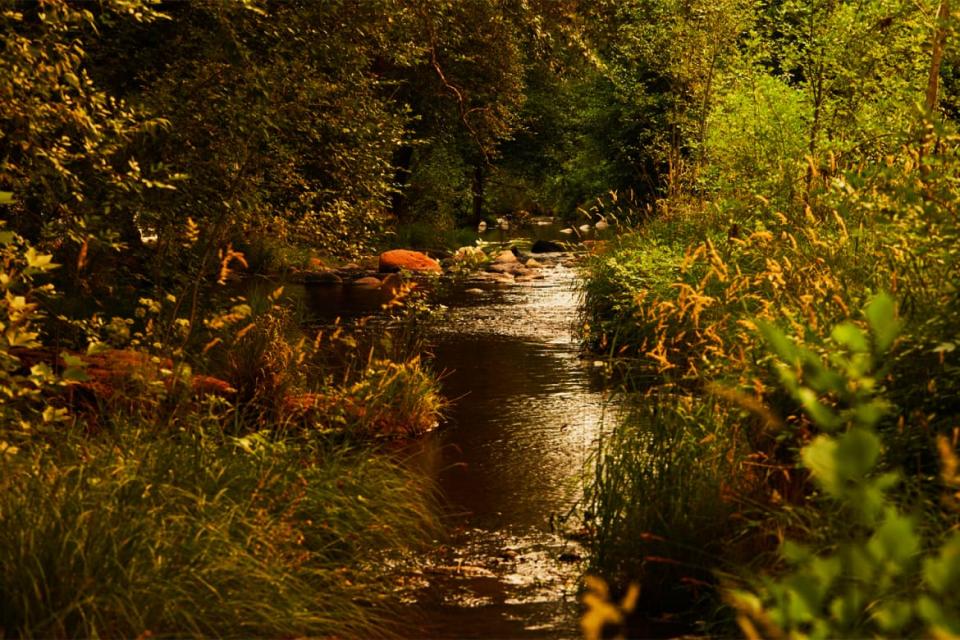
Brandon Natvig, 48, returned to his native Oregon in July from Naples, Florida, where he’s lived since 1998. The goal was to visit Mt. Hood, and do some hiking with his parents, who are both in their eighties. Temperatures above 100 degrees changed everything. “We had to cancel our plans twice,” he said. “We ended up fishing for salmon on the Pacific Ocean.”
A few days after Natvig landed back in Naples, his mother-in-law sent him a video of an abandoned robin’s nest she found in Hillsboro, Oregon, after a 118-degree day. Inside were three eggs that had boiled in the heat. “I’ve never seen this area so dry in my entire life,” he said.
Oregonians endure dreary, rain-drenched winters on the promise of predictably perfect summers ahead. In June, I somewhat reluctantly booked a trip to Sedona, Arizona, worried it was a mistake to abandon Oregon in its prime in favor of Arizona’s “low”—hottest—season. Thanks to weird weather, it worked out; that weekend the Pacific Northwest broke all-time heat records. It was 112 degrees in Portland on June 27, as I lounged in 82-degree temps at the Creekside Inn in the shade of juniper and cottonwood trees lining the banks of Oak Creek.
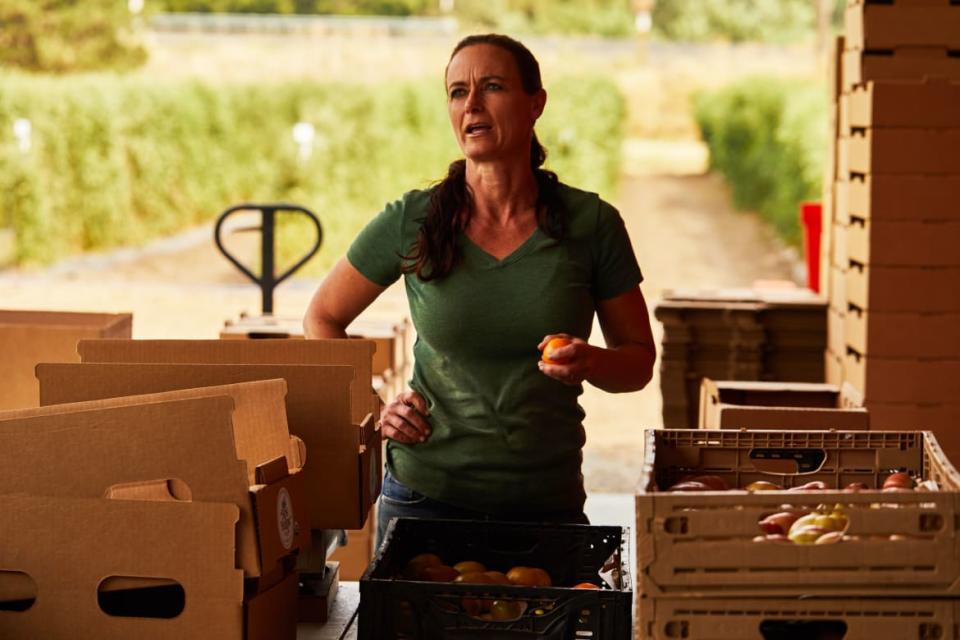
But I hadn’t escaped the warming world: Oak Creek Canyon was surrounded by then-uncontained wildfires, which forced a U.S. Forest Service closure of the entire Coconino National Forest and its 1.8 million acres of land spanning 10,000 feet of elevation. The forest contains nearly every hiking trail in the region.
When I landed back in Oregon, the temps had dropped back into the 90s, which a few years ago would have been labeled extreme. I nervously enjoyed a balmy July, much of it along the banks of the McKenzie River, where last year’s 173,000-acre Holiday Farm Fire destroyed hundreds of homes in four communities. My girlfriend’s parents lost their home in that blaze. As I camped, the roaring river drowning out all noise from Highway 126, a new fire crept closer and closer to my father’s riverside home in nearby Oakridge. He packed a “go bag” and anxiously awaited orders to evacuate. I listened for sirens, and drove into town daily to make sure my own off-the-grid campsite was out of danger.
As the pandemic upended travel in 2020, climate change has changed not only everything about exploring the west, but the world.
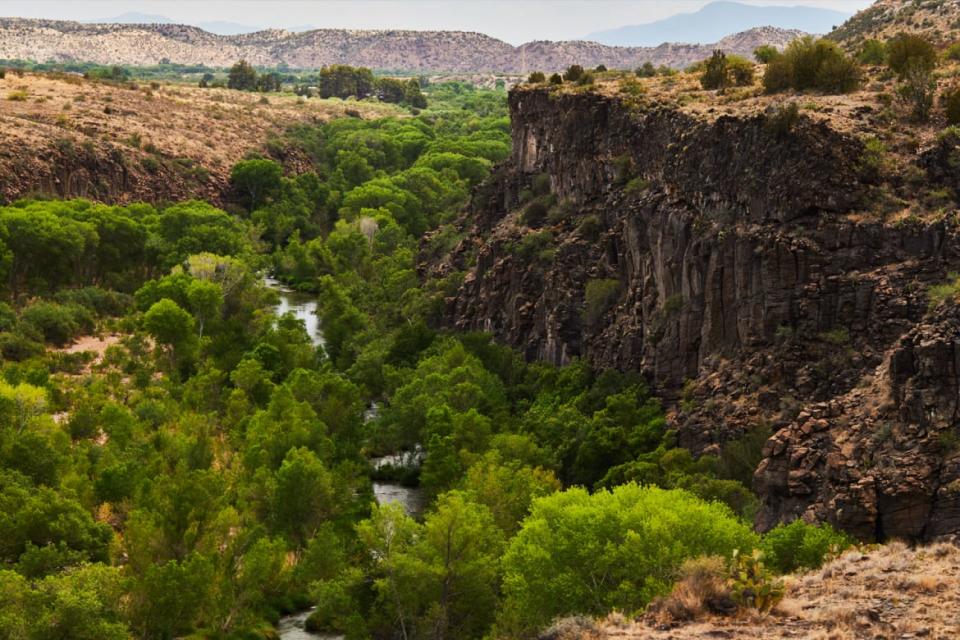
Shosuke Kosugi, 32, moved to Oregon from Texas three years ago to escape “insanely humid” summers in the south. He typically plans a summer trip to his native Japan each year, where a series of annual festivals reconnects him to his roots. This year? “Hell no. You don’t expect Japan to be scorching hot, even in the summer, but it is now,” he says. “It’s horrible. It’s gotten worse than Dallas or Houston.”
In Sedona, summer is typically the low season, because even at 4,300 feet of elevation, June, July and August tend to stay in the high 90s and monsoons tend to blow through on a regular basis. Fall and spring are peak times here. And yet, after about a month or two of shutdown last spring, tourism has boomed, chef Mercer Mohr told me. “The minute we opened again, business doubled,” he said.
As he spoke, smoke from the Rafael Fire ringed the runway at the Sedona Airport, where the Mesa Grill caters to aviators and sunset lovers. The fire, which is now 95 percent contained after burning 78,000 acres across two counties and three national forests, was one of 20 on public lands across the state, thanks to extreme drought. Still, as I drove away from the restaurant, dozens of tourists were streaming across Airport Road for a picture of the crimson sky at the panoramic lookout nearby. The fires had closed the trails, but they hadn’t halted tourism—yet.
“It’s affecting everyone’s plans,” said Adam Goldberg, who manages the Creekside Inn. “With the fires, we had a full clearout, but we’re still seeing people coming here from places that are more sweltery. The forest closures led to a slew of cancellations in June, but things picked right up again once monsoons returned to knock back the fires. Last year was a “nonsoon,” Goldberg says, with a tepid showing of rain. “COVID and climate change really just upended the norm.”
What passes for high season in Oregon and low season in Sedona is no longer reliable. Tourism in Oregon has boomed all summer, despite media depictions of Portland as a lawless hellscape of vandalizing anarchists, rampant shootings and sprawling homeless camps. Even in the triple digits, this is clearly still a more desirable place to be for millions of travelers than wherever home is. My home is on Airbnb. One of my guests this summer told me my house was one of two available listings that allowed pets for the dates she needed in mid-June. In a city of 600,000 people. And the camper van I now list on the website GoCamp? Also booked solid since the week I listed it, leaving me to scrutinize U.S. Forest Service maps of fires and smoke, AQI levels and potential cities of refuge.
Last week, I left Portland on a road trip to Montana. At my first stop, Walla Walla, Washington, the head winemaker at the Yellowhawk Resort and Sparkling House winery told of her efforts to let the vineyard’s canopy grow without much trimming, so leafier plants might shade vines from increasingly hot sunshine. A few miles away, the owners of Frog Hollow Farm, a delightful u-pick vegetable farm and supplier of high-end organic tomatoes across the Northwest described experiments planting 10 days earlier this year and of dry farming tomatoes, so they might require less water.
Two weeks ago, I found the first clear skies I’d seen in weeks, in Kalispell, Montana, an hour from Glacier National Park and a 10-hour drive from Portland.
On a mountain-bike ride the morning after I arrived, in Kalispell’s Herron Park, Gabe Dillon, program coordinator at the nonprofit Foys to Blacktail Trails, stopped to remove signs depicting closures of the trail from nearby wildfires that had come dangerously close to the area, earlier this summer. Everyone I passed on the trail remarked at how grateful they were to be able to see the mountains, for skies free of smoke. On a horseback ride Tuesday at the Artemis Acres Paint Horse Guest Ranch, my guide told of a hay shortage. On a boat ride on Glacier’s Lake McDonald, the captain described how wildfires had torn through half of the shoreline in recent years. The glaciers throughout the park, which once numbered 150, have shrunk to 25.
“Come back and visit,” the captain quipped,” before all the glaciers are gone, and they’ll have to rename the park.”
I’d planned to get here via a sojourn from Interstate 90 along the Coeur d’Alene River Road, but a Forest Service ranger turned me back after around 15 miles in, thanks to a nearby fire.
Now I’m headed home to Portland again, expecting skies newly hazy, from all around. The Caldor Fire near Lake Tahoe, which grew to 20,000 acres last weekend and has forced the evacuation of all of South Lake Tahoe. In the West, there’s no longer anywhere to run.
Get our top stories in your inbox every day. Sign up now!
Daily Beast Membership: Beast Inside goes deeper on the stories that matter to you. Learn more.

